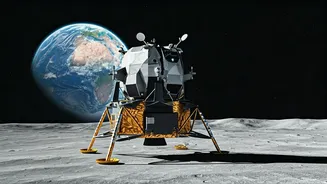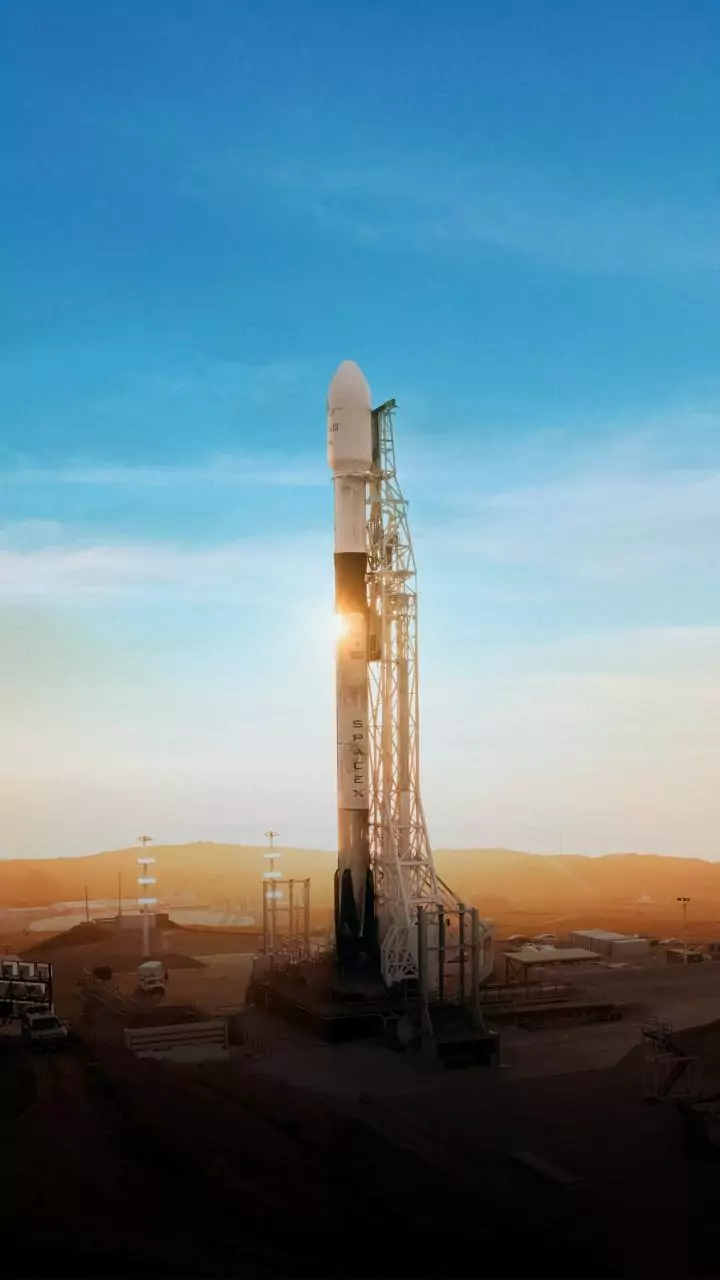The Lunar Race
The United States is in a critical race with China for dominance in space, a concern underscored by experts. This competition highlights the necessity
for NASA to fully fund its space programs, as emphasized by government officials. Acting NASA Administrator Duffy has expressed strong determination not to let China take the lead in lunar missions, showing a commitment to maintaining U.S. preeminence in space exploration. The urgency is amplified by concerns about the impact of potential funding cuts and policy changes, indicating the necessity for strategic planning and resource allocation to support NASA's goals.
Funding and Challenges
NASA's initiatives have faced potential setbacks, particularly due to funding limitations and alterations in governmental policies. These challenges are evident as NASA employees and lawmakers demonstrated outside the agency's headquarters to protest potential funding cuts and policy adjustments. The concerns about funding cuts and policy shifts have led to anxieties among NASA workers, who anticipate worsening work conditions. These circumstances emphasize the need for adequate resources and support to ensure the agency's continued success in space exploration, and to address the morale and job security concerns among its workforce. Public demonstrations highlight the strong feelings about these issues, affecting the morale of NASA employees.
International Efforts
Space exploration isn't confined to a single nation; it involves a complex web of international collaborations. While NASA strives to stay ahead, other global players are also actively engaged in advancing space technology and research. For example, Europe is developing reusable rockets with the goal of deploying them in the early 2030s. The James Webb Space Telescope, a collaboration of NASA, the European Space Agency, and the Canadian Space Agency, has been instrumental in making scientific breakthroughs, such as creating the first 3D map of an exoplanet. These examples demonstrate the importance of international cooperation in pushing the boundaries of space exploration.
Commercial Space Expansion
The space sector is seeing significant involvement from commercial entities, encouraged by policy shifts that aim to boost their participation. A shift in NASA's balance of power is happening as a result of executive orders aimed at increasing the influence of commercial space activities. SpaceX is a notable player in the commercial space sector, exemplified by its Starlink mission. Moreover, the company has entered into settlements concerning space-related projects. These changes show a shift toward integrating the commercial sector more closely into space missions, and they are predicted to influence the future of space exploration and technology.
Space Command Dynamics
The U.S. Space Command's operations have triggered debates and legal battles, particularly regarding decisions about its location. The plans to relocate U.S. Space Command's headquarters from Colorado Springs to Huntsville, Alabama, have prompted legal action by the state of Colorado. These legal disputes demonstrate the strategic importance of the command, and they highlight the difficulties that can arise from such relocations. The focus on the U.S. Space Command underscores the military's role in space and the strategic considerations that shape space-related decisions.
Technological Advancements
The realm of space exploration benefits from ongoing technological advancements, which drive new opportunities for observation and understanding. Scientists are utilizing the James Webb Space Telescope to study celestial bodies, creating detailed maps of exoplanets and capturing images of distant nebulae. Satellite imagery and space photos of the day provide insightful glimpses of events and objects in space, like the eye of Hurricane Melissa. These advancements enhance our knowledge of the cosmos and allow for a deeper understanding of the universe.
China's Space Program
China is making rapid strides in space exploration, with its own crewed missions and ambitions for the Tiangong Space Station. The Shenzhou 21 mission, which includes China's youngest astronaut, represents China's commitment to space. The country's advancements are a significant element in the global space competition. This demonstrates China's growing ability to conduct complex space missions, and it highlights its ambitions to increase its role in space exploration.
Artemis and Beyond
NASA's Artemis program is a key part of the space race, with astronauts practicing moon landings, and other activities. The program's initiatives involve collaborative efforts like military helicopters aiding in moon landings. Moreover, the Artemis program reflects the United States' commitment to returning to the moon and its goals of future manned missions to the planet. These projects demonstrate ongoing efforts to advance space exploration.














